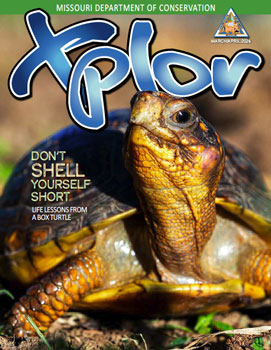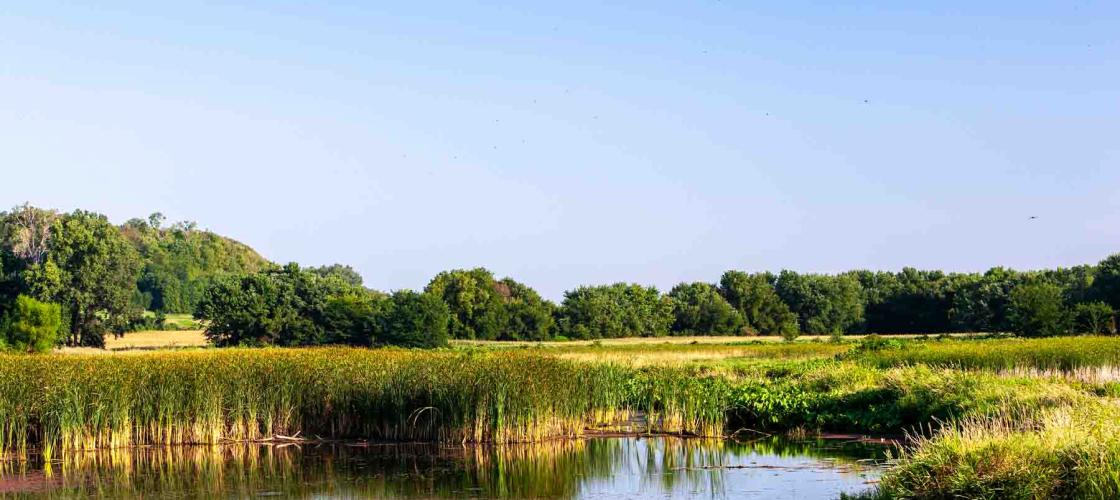
Wetlands can be muggy and buggy. They’re often soggy and stinky. You might get stuck in the muck. But wetlands aren’t wastelands. They’re wonderful places! Join Xplor for a guided tour to see what makes them so marvelous.
Show-Me Wetlands
Nearly 90 percent of Missouri’s wetlands have been lost. That’s not great! But high-quality wetlands can still be found scattered across the state.
- Loess Bluffs National Wildlife Refuge
- Nodaway Valley Conservation Area
- Bob Brown Conservation Area
- Fountain Grove Conservation Area
- Swan Lake National Wildlife Refuge
- Grand Pass Conservation Area
- Ted Shanks Conservation Area
- B.K. Leach Conservation Area
- Marais Temps Clair Conservation Area
- Columbia Bottom Conservation Area
- Eagle Bluffs Conservation Area
- Montrose Conservation Area
- Four Rivers Conservation Area
- Schell-Osage Conservation Area
- Duck Creek Conservation Area
- Mingo National Wildlife Refuge
- Otter Slough Conservation Area
- Ten Mile Pond Conservation Area
What to Bring
- A pair of binoculars brings distant critters in for a closer look.
- Birds abound in wetlands. A field guide lets you learn who you’re looking at.
- Creepy-crawly critters squiggle and squirm in murky marsh water.
- A small dip net will help you get a good look at them.
- Wetlands are wet (duh!) and muddy. If you plan to explore, wear a pair of rubber boots.
- Mosquitoes love marshes. Keep the bloodsuckers at bay by spraying yourself with insect repellent.
When to Go
Spring is a fantastic time to visit a wetland. In March, ducks and geese flock to wetlands during their northward migration. In April, pelicans pass through and herons arrive. And in May, shorebirds probe mudflats and warblers flit about willow branches.
Do You Smell Something?
You might notice a faint odor when you visit a wetland. That’s because their bottoms pass gas. A handful of marsh muck contains billions of bacteria and other microscopic creatures. Some of them break down dead plants and animals. As they do, they release gases that smell like rotten eggs. Pee-yoo!
A Tree that Breathes with its Knees
Bald cypress trees have bumpy stumps that stick out of the water. The stumps act like snorkels to carry air down to the tree’s waterlogged roots. The knees also provide a wide base to anchor the tree in gooey mud.
Plant Plumbing
Since wetland soils stay soggy, plants need a way to get air down to their roots. Cattails have pipes in their leaves and stems that transport air downward. Cut a cattail leaf in cross section, and you’ll see the tiny tubes.
Migration Stations
Missouri is the halfway point on the Mississippi Flyway. Imagine a flyway as a highway in the sky that ducks, geese, and other waterbirds follow to get from northern nesting grounds to southern wintering areas. Travel-weary wanderers gather in wetlands to rest and refuel on their long journeys.
Pelican Party
Teams of American white pelicans flap and splash to herd fish into shallow water. In a single scoop, a pelican can gather enough water to fill a 3-gallon soup pot. After draining its beak, it swallows any fish trapped inside.
One Big, Honking Blizzard
Snow geese feed in harvested crop fields near wetlands, blanketing the ground. The more geese in a group, the more eyes there are to keep watch while their friends feed. If a lookout spots a predator — or you — it honks an alarm, and the whole flock erupts into flight like an upside-down snowstorm.
A Rainbow of Waterfowl
Ducks of nearly every color flock to Missouri’s wetlands in the spring. How many different kinds and colors can you spot?
Northern Shoveler
Comblike ridges line the edges of this duck’s impressive beak. The ridges work like a spaghetti strainer, letting water pour out but trapping food inside.
Mallard
Mallards are the most common duck in North America. Nearly all farm-raised ducks can trace their ancestry to this widespread waterfowl.
Wood Duck
Wood ducks nest in holes high up in trees. A day after hatching, the ducklings follow mom to the entrance of the hole and jump out.
Blue-Winged Teal
These small, sun-loving ducks migrate later than other ducks. On their way north, they linger in Missouri well into May.
Scaup
Two kinds of scaup visit Missouri: greater scaup and lesser scaup. But good luck telling them apart! They look nearly identical.
Northern Pintail
Some pintails take travel to the extreme. One was recorded to have flown 1,800 miles nonstop!
Canvasback
These regal ducks are among the fastest of flyers. With a strong tailwind, they can reach speeds over 70 miles per hour!
Green-Winged Teal
Stretching only a foot from beak to tail and weighing only as much as a soup can, this dapper duck is North America’s smallest dabbler.
Ring-Necked Duck
Although they dive to find food, ring-necked ducks are often found in shallower water than most diving ducks.
Redhead
To attract a mate, redhead drakes bend backwards until their beaks touch their tails. Then they snap forward while giving a catlike mee-ooow!
Common Goldeneye
When goldeneye ducklings hatch, their peepers are brown. Over the next several months, they turn purple, then blue, then green, and — finally — golden.
Bufflehead
Chonky but tiny, mama buffleheads nest in abandoned woodpecker holes that other ducks can’t fit into.
Common Merganser
Toothlike ridges on a merganser’s bill help it hold on to slippery fish, their favorite snacks.
Hooded Merganser
Mama mergansers often sneak an egg or two into the nests of other females. Some nests have been found with over 40 eggs inside.
Gadwall
Gadwalls are often seen away from the shoreline, feeding in deeper water than other dabbling ducks.
American Wigeon
Wigeons eat more veggies compared to other ducks. Because their bills are so stubby, they can pinch harder, which makes it easy to pluck plants.
Hiding in Plain Sight
If birds played hide-and-seek, American bitterns would win. When predators prowl, a bittern doesn’t flinch a feather. Instead, the brown-streaked bird freezes and points its beak skyward. You’ll need lots of luck to spot a bittern, but you may hear one. Their call — a booming unk-a-lunk — can
be heard half a mile away.
Hunting Herons
Herons and egrets have two ways to catch dinner. Sometimes they wade sloooowwly through shallow water, hoping to ambush unwary fish, frogs, and snakes. At other times, they stand motionless and wait for prey to swim within range of their long, flexible necks and dagger-like beaks.
Mudflat Buffet
The oozy mud and mucky water of a marsh is jam-packed with yummy insects, worms, and snails. Shorebirds wade around probing for snacks. How many of these leggy, long-beaked birds can you spot?
- Wilson’s phalarope
- American avocet
- Pectoral sandpiper
- Black-necked stilt
- Lesser yellowlegs
- Great egret
- Great blue heron
- Least sandpiper
Spring Symphony
Listen closely and you’ll hear spring in full swing as a chorus of amphibian love songs overflows from each shallow pool.
Spring Peeper
Peep, peep, peep (like the “ping” made by striking the high note on a xylophone)
Chorus Frog
Crrrreeeeeeep (similar to the sound made by running your fingernail over the teeth of a comb)
American Toad
Brrreeeeeeeee (a high-pitched, musical, drawn-out trill)
Mansions Among the Branches
If you see a huge nest high in a tree, it might belong to a bald eagle. Newlywed eagles build relatively small nests. Each year, the couple adds more sticks to the old structure. After several years, the nest becomes ginormous. One in Ohio was used for 34 years until the tree it was in fell down. The nest weighed more than a car!
Baby Dragons
Swish a dip net through the murky water and you’ll likely find baby dragonflies, damselflies, and mayflies squirming in the mesh. The young insects, called larvae, don’t look anything like their parents.
Soaking up the Sun
Look for turtles, like the red-eared slider, crowded onto logs, stretching out their legs, soaking up sunshine. Basking is big business for the shelled reptiles. Sunlight helps a turtle raise its temperature and produce vitamin D.
Marsh Mammals
Most mammals come out after dark, so you may not see many on your visit. But look closely, and you’ll probably see signs they’ve left behind.
River Otter
A narrow, slick slide down a steep, muddy bank offers evidence a river otter’s been around.
Muskrat
A pile of plants and mud is a muskrat’s house. Ducks, turtles, and snakes like to loaf on top of these messy mounds.
Beaver
Beavers gnaw down trees to build their homes and dams. The stumps they leave behind look like they’ve been run through a pencil sharpener.
Raccoon
Masked bandits often leave clues of their crimes: five-fingered footprints in the mud.
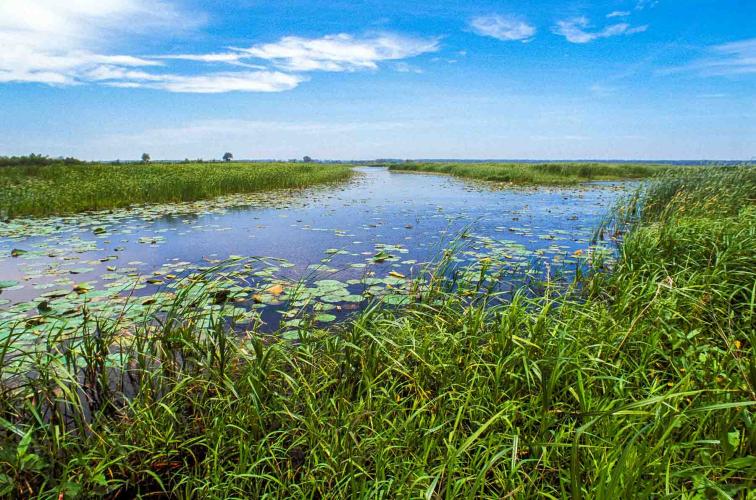
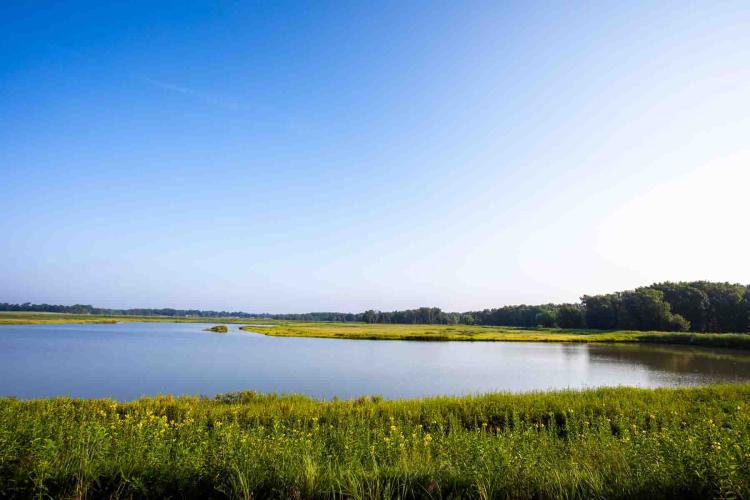
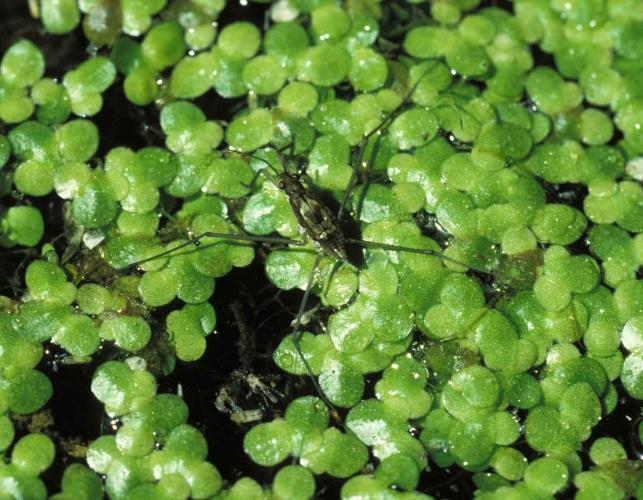
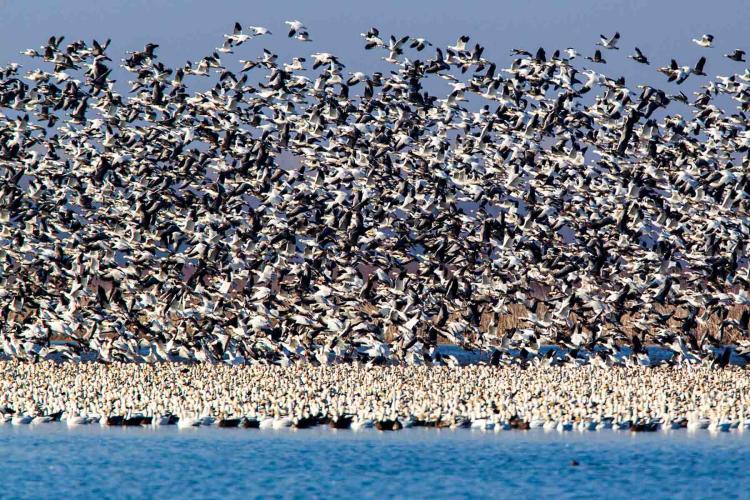
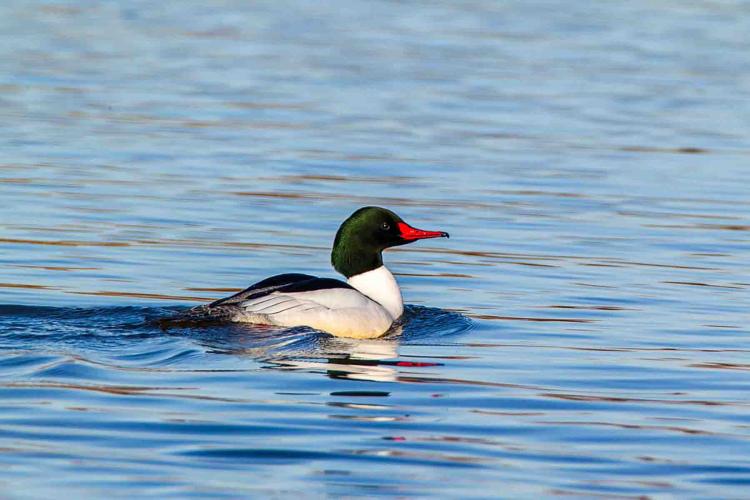
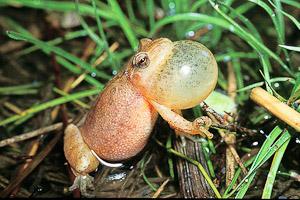
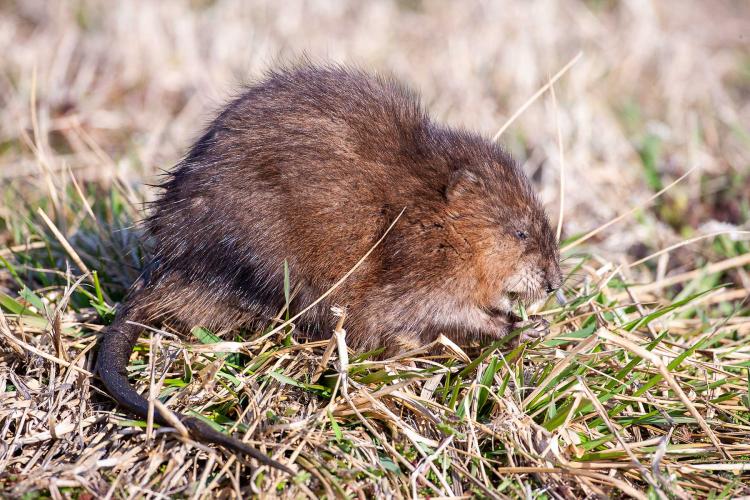
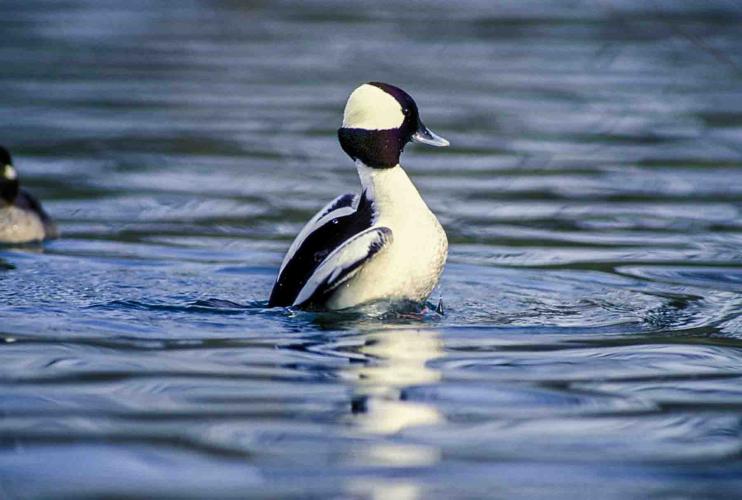
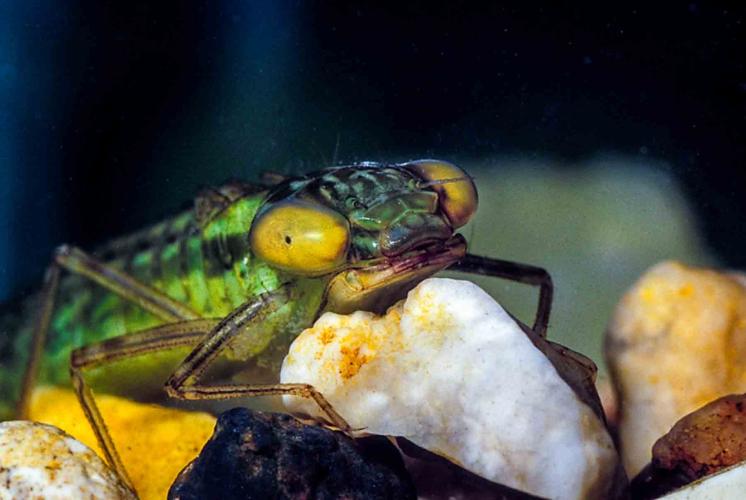
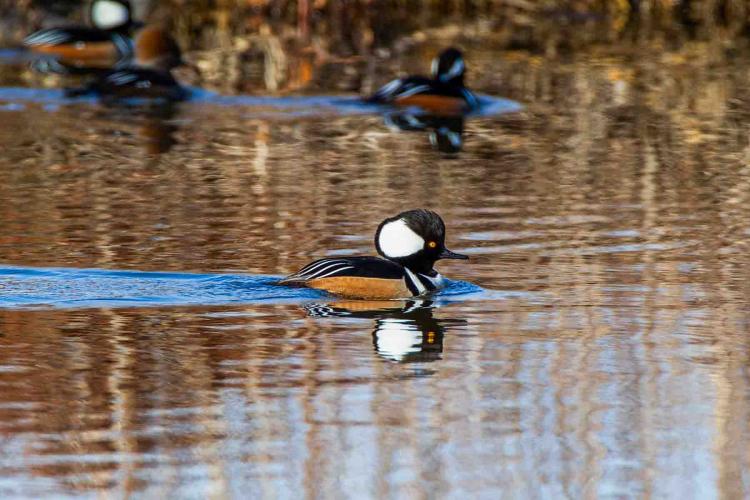
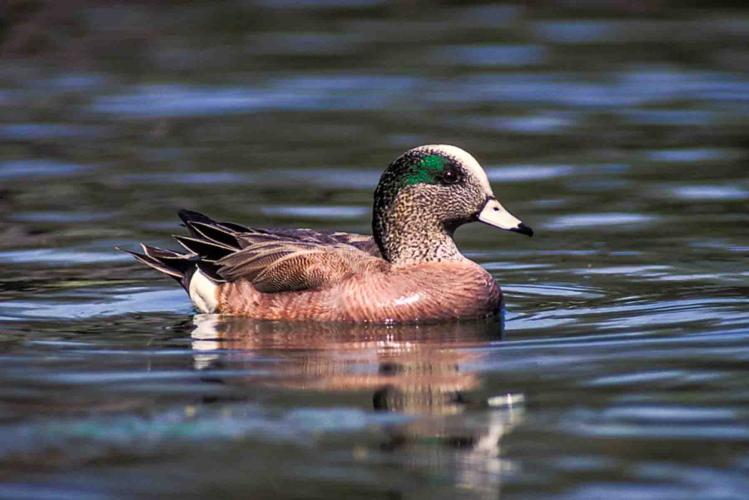
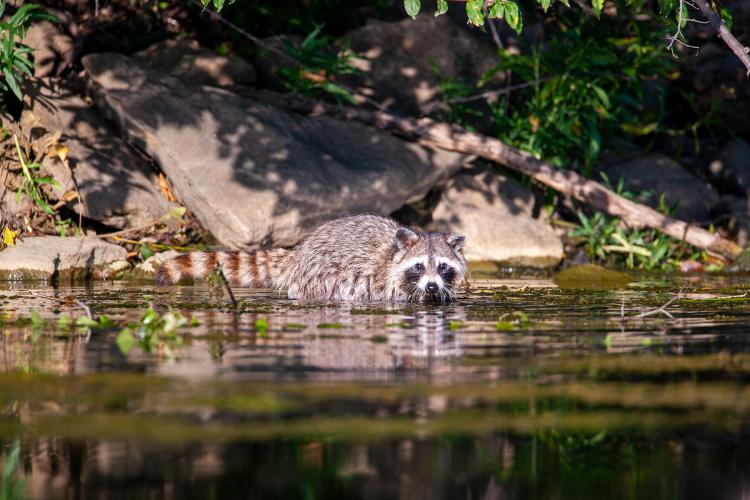
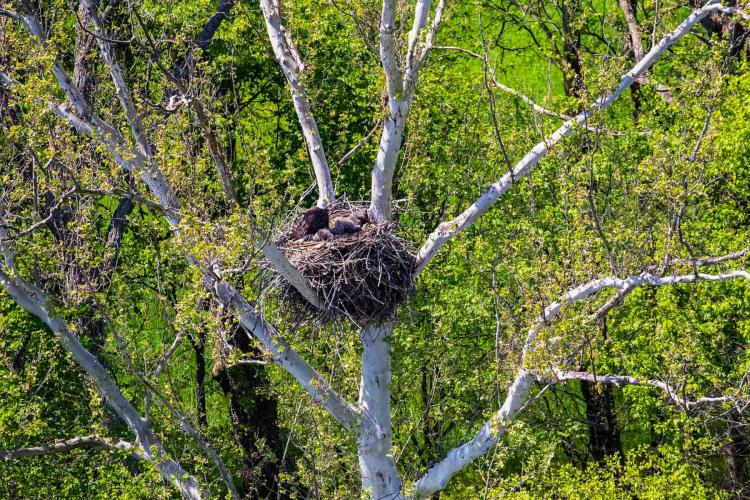
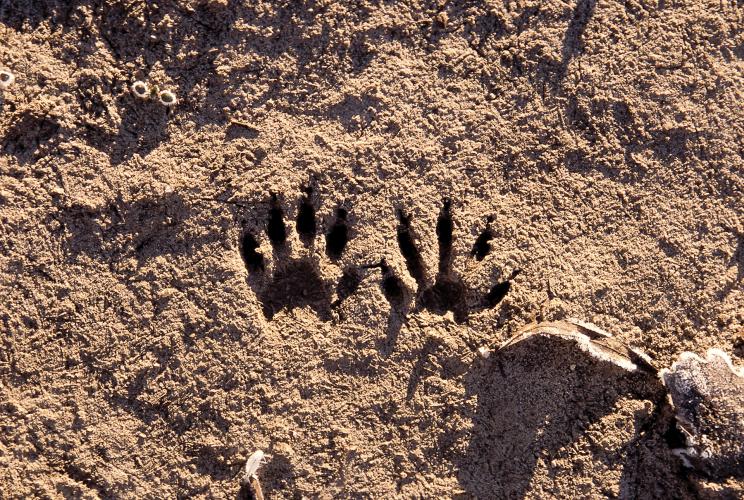
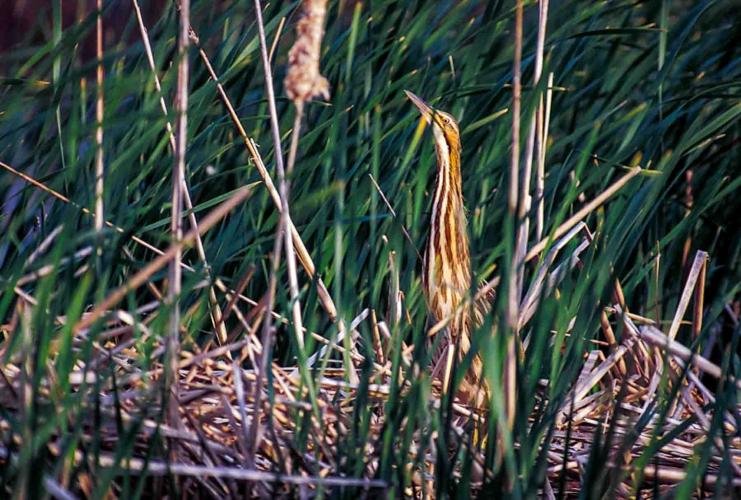
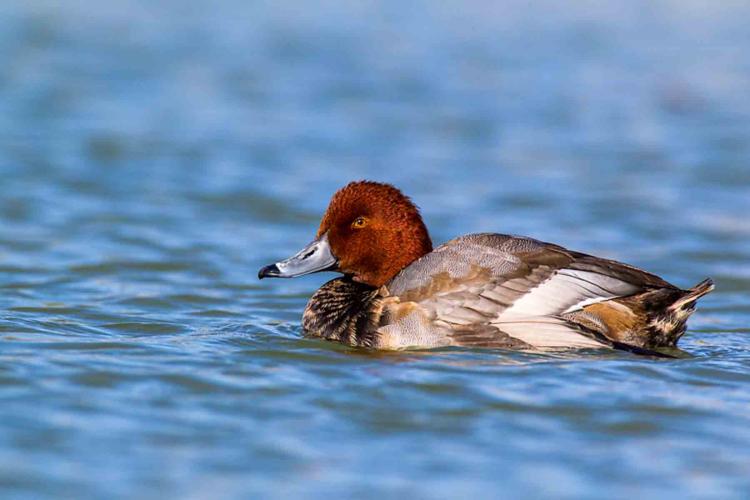
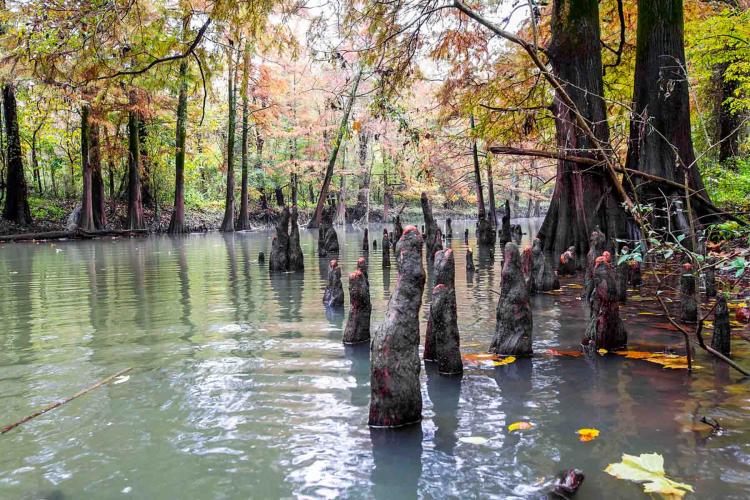
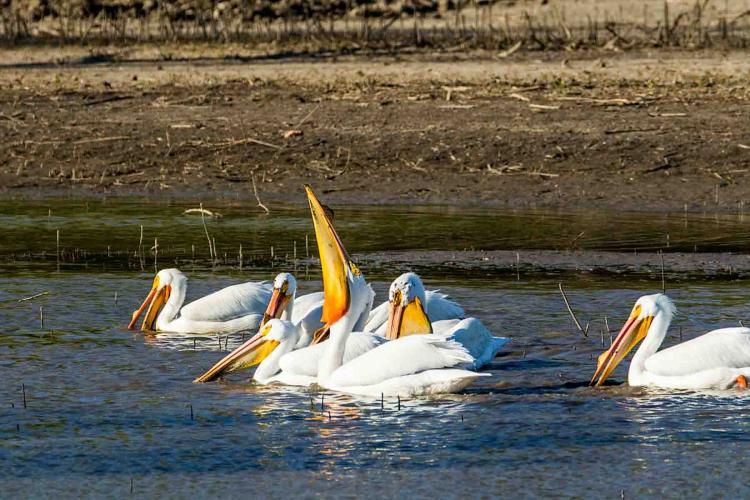
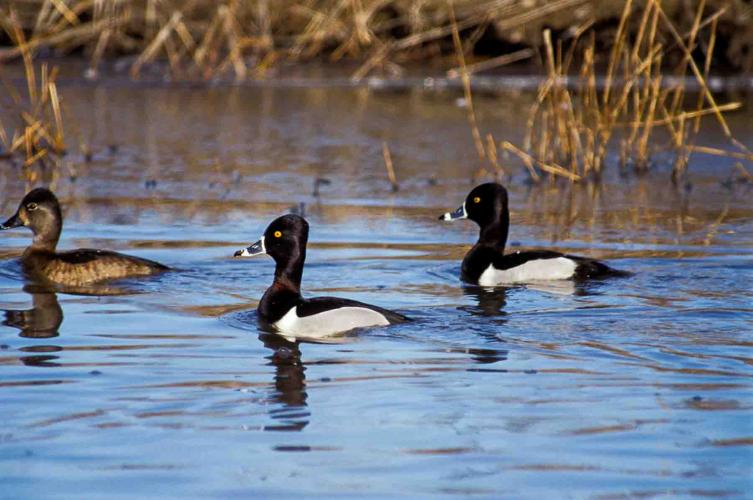
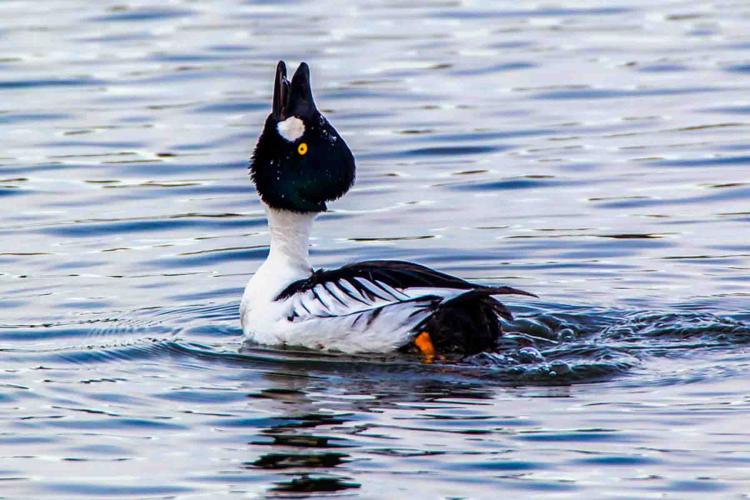
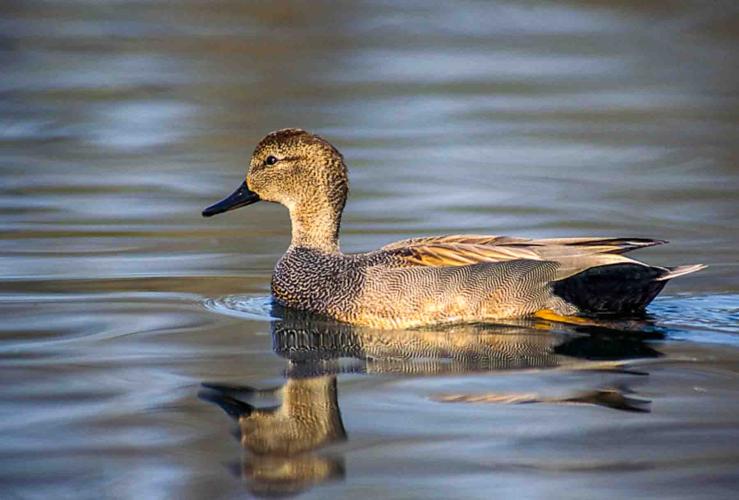
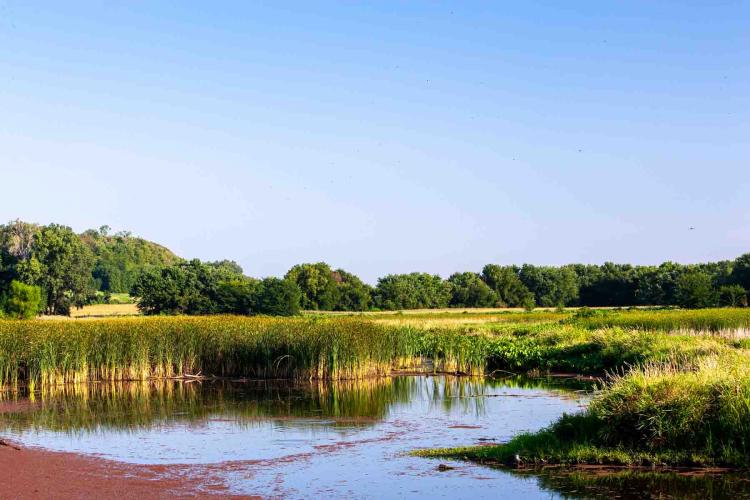
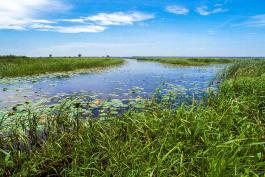
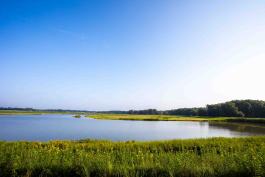
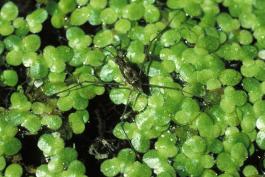
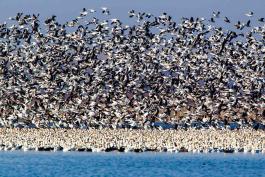
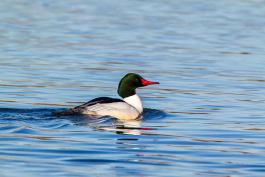
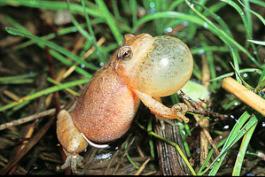
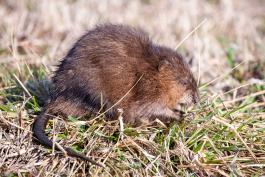
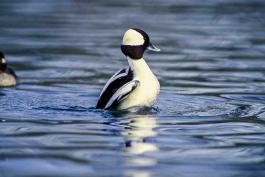
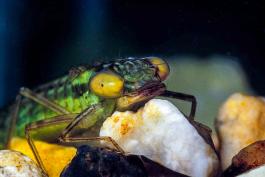
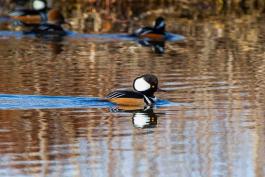
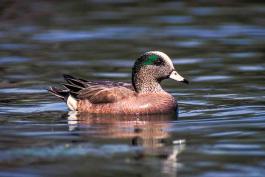
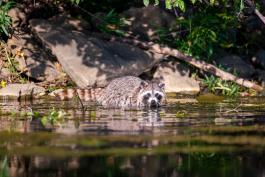
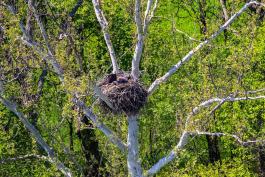
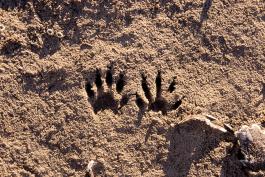
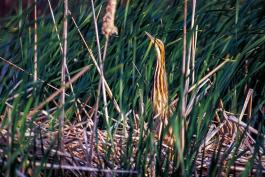
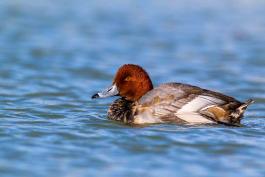
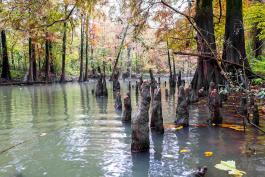
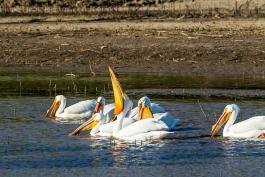
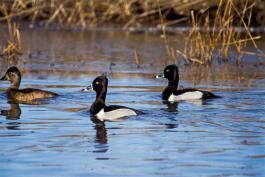
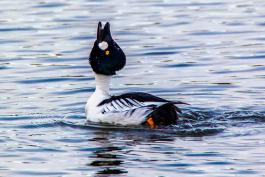
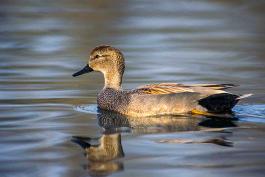
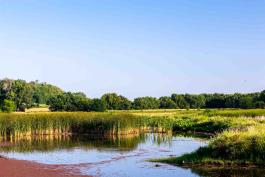
Also In This Issue
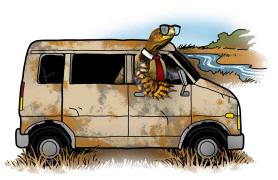
Motivational messages from a three-toed box turtle.
And More...
This Issue's Staff
Photographer – Noppadol Paothong
Photographer – David Stonner
Designer – Marci Porter
Art Director – Cliff White
Editor – Matt Seek
Subscriptions – Marcia Hale
Magazine Manager – Stephanie Thurber






















